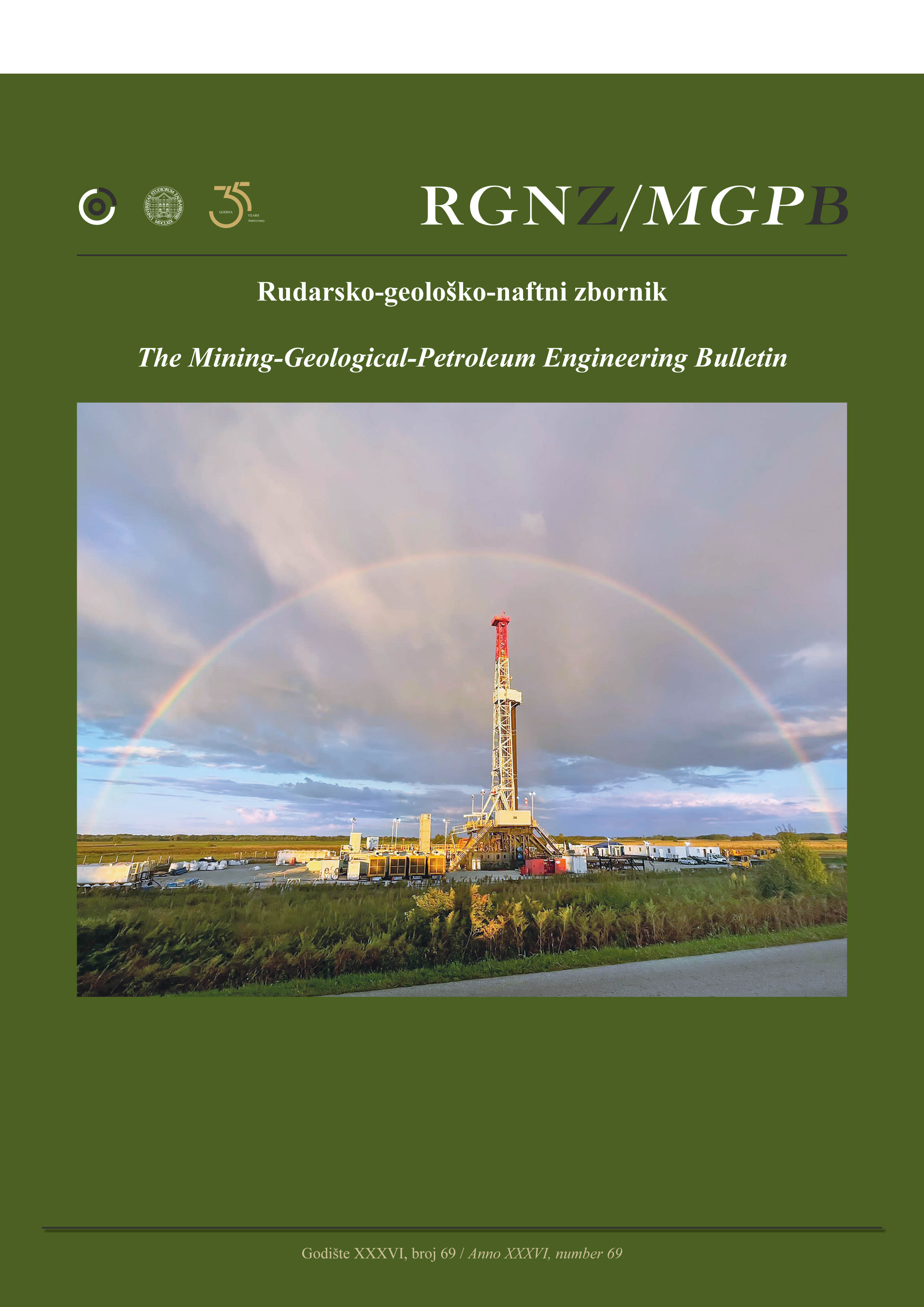Effectiveness of Landslide Susceptibility Mapping Using the Maximum Entropy Model and Weights of Evidence Modelling in the Kuningan Regency, West Java, Indonesia
DOI:
https://doi.org/10.17794/rgn.2024.3.3Keywords:
susceptibility, landslides, WOE method, AUC, MaxEntAbstract
Kuningan is one of the regencies in the West Java region, which has had a problem with landslides every year for the last decade. In this area, there were 124 landslides recorded from 2011 to 2022. It is necessary to have extensive knowledge of the variables impacting the indicators used to geographically classify landslide susceptibility. This research attempts to create maps of landslide susceptibility based on the relationship between the parameters and inventory data of landslides. In this case, we present landslide susceptibility mapping in the Kuningan area using two methods, namely maximum entropy (MaxEnt) and weights of evidence (WoE). The results showed that for a variety of landslide susceptibility models, the two approaches generated comprehensive susceptibility distributions. Even though the two models' AUC parameters are nearly identical, the MaxEnt approach produces maps with larger low-susceptibility zones than the WoE method, according to a comparison of the maps created using the two approaches. This research offers preliminary recommendations for zonation prone to landslides, which is helpful for spatial design. In order to create landslide susceptibility maps that are more exact, accurate, and dependable in forecasting landslide events, additional studies need to be done.
Downloads
Published
How to Cite
Issue
Section
License
Copyright (c) 2024 Mamat Suhermat, Khori Sugianti, Yunarto Yunarto, Yugo Kumoro, Wawan Hendriawan Nur, Sukristiyanti Sukristiyanti, Hilda Lestiana

This work is licensed under a Creative Commons Attribution 4.0 International License.
Creative Commons-BY
Authors who publish with this journal agree to the following terms:
In agreeing this form, you certify that:
- You read the ethical codex of the RGN zbornik available at journal web.
- You submitted work is your original work, and has not previously been published and does not include any form of plagiarism.
- You own copyright in the submitted work, and are therefore permitted to assign the licence to publish to RGN zbornik.
- Your submitted work contains no violation of any existing copyright or other third party right or any material of an obscene, libellous or otherwise unlawful nature.
- You have obtained permission for and acknowledged the source of any illustrations, diagrams or other material included in the work of which you are not the copyright owner.
- You have taken due care to ensure the accuracy of the work, and that, to the best of your knowledge, there are no false statements made within it.
- All co-authors of this submitted work are aware of, and in agreement with, the terms of this licence and that the submitted manuscript has been approved by these authors.
Publication licence
You retain copyright in your submitted work, according to journal license policy (CC-BY). By signing this form you agree that RGN zbornik may publish it under the publication licence. In summary the licence allows the following:
Anyone is free:
- To copy, distribute, display, and perform the work.
- To make derivative works.
Under the following conditions:
- The original author must always be given credit.
- The work may not be used for commercial purposes.
- If the work is altered, transformed, or built upon, the resulting work may only be distributed under a licence identical to this one.
Exceptions to the licence
In addition to publishing the work printed under the above licence, RGN zbornik will also enable the work to be visible online.
The journal editorial can change the licence rules anytime but it cannot retroactively restrict author(s) rights.


